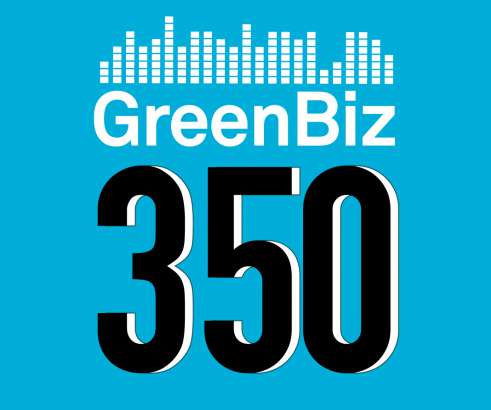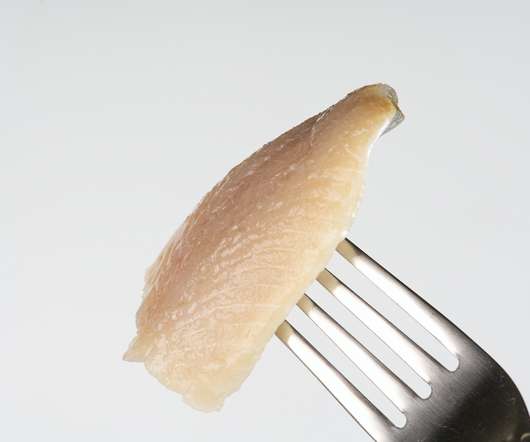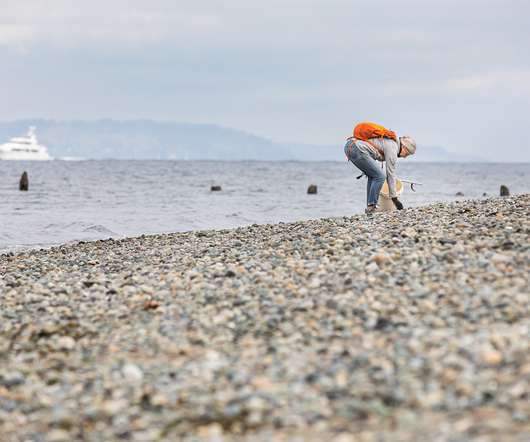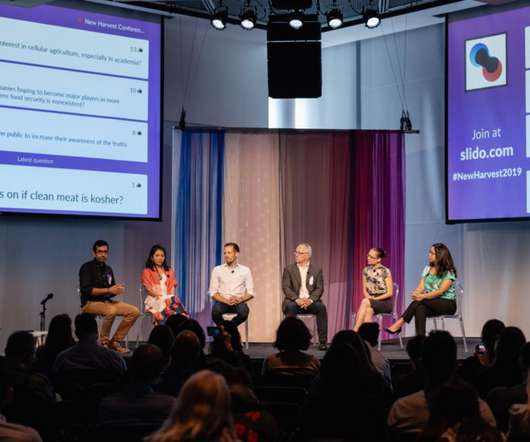Aquaculture becomes a net-positive
GreenBiz
FEBRUARY 22, 2021
In more modern times, support for aquaculture has ebbed and flowed along with concerns about animal health and welfare, worries over the effluent pollution caused by wastewater discharges, and the unintended impacts of production infrastructure such as pipes and pumps on natural ecosystems. Among the emerging U.S.

















Let's personalize your content